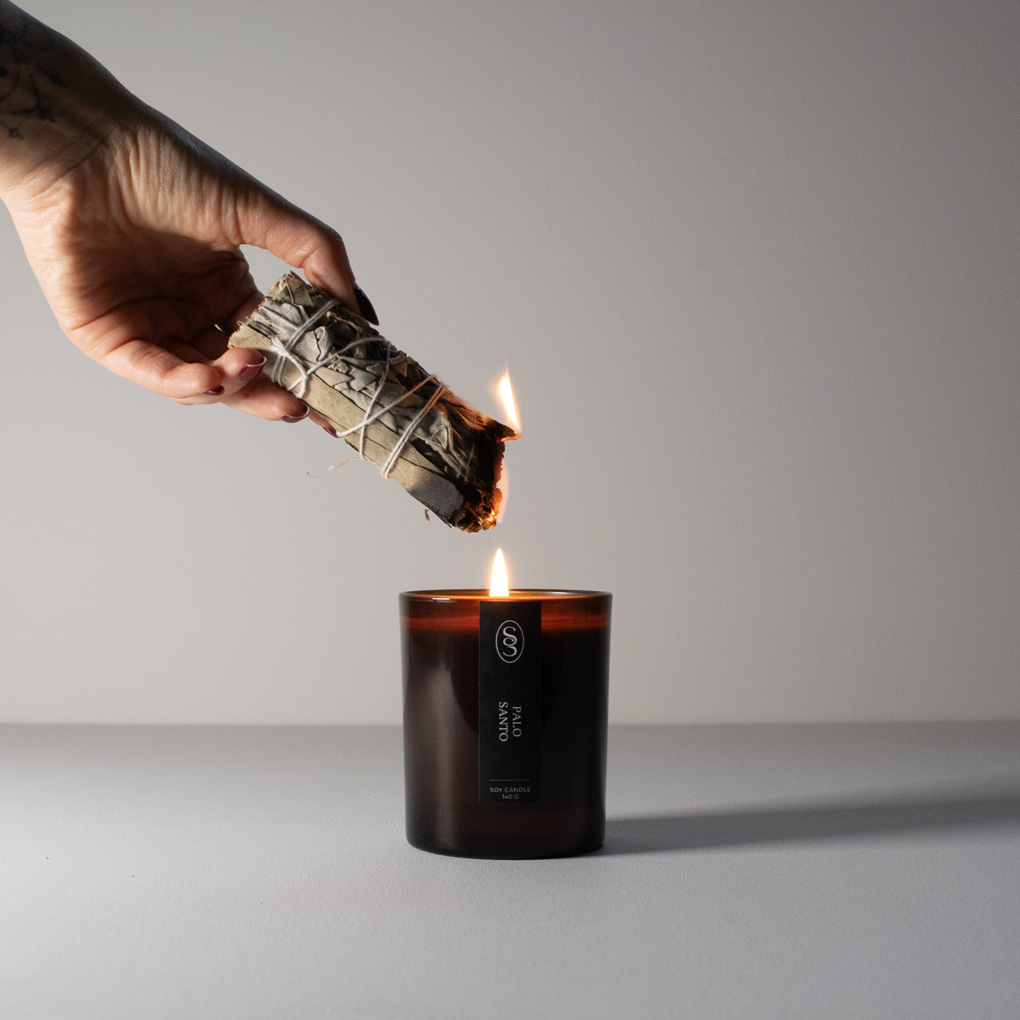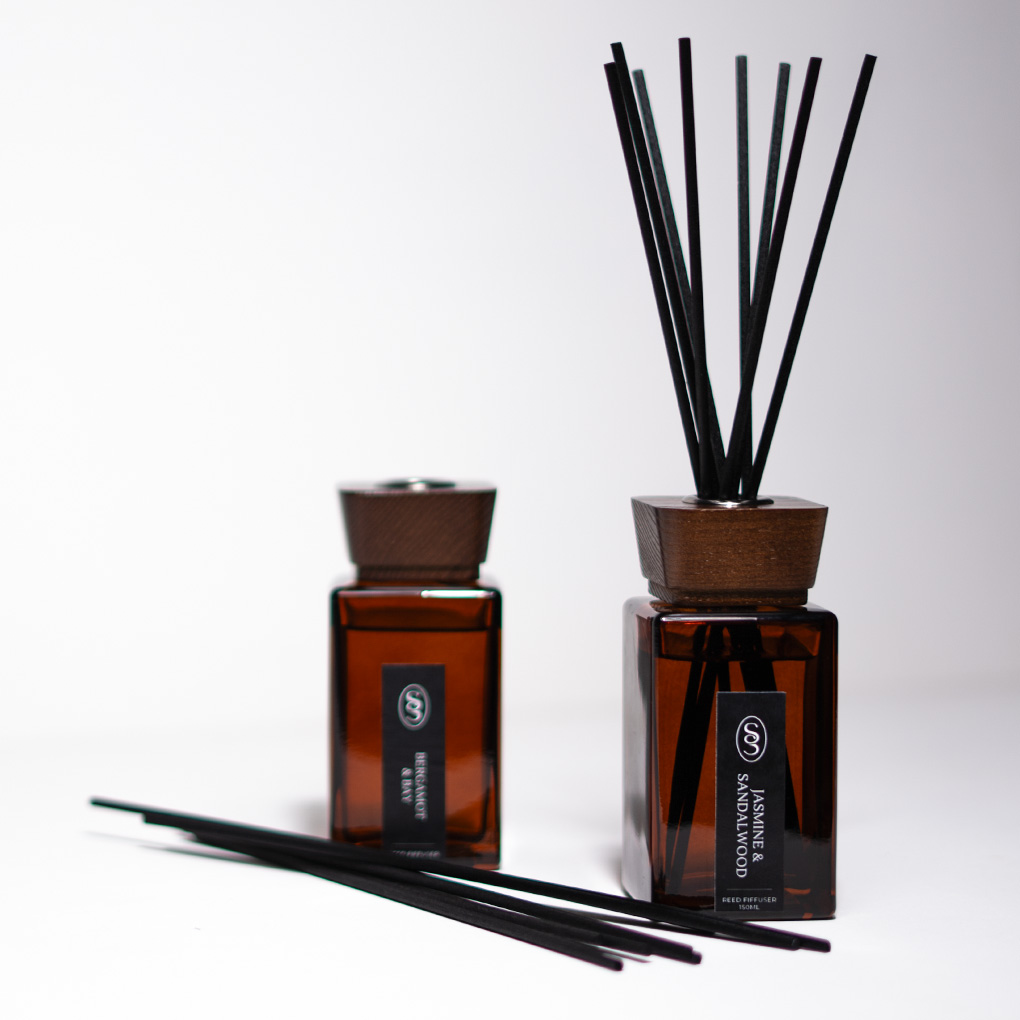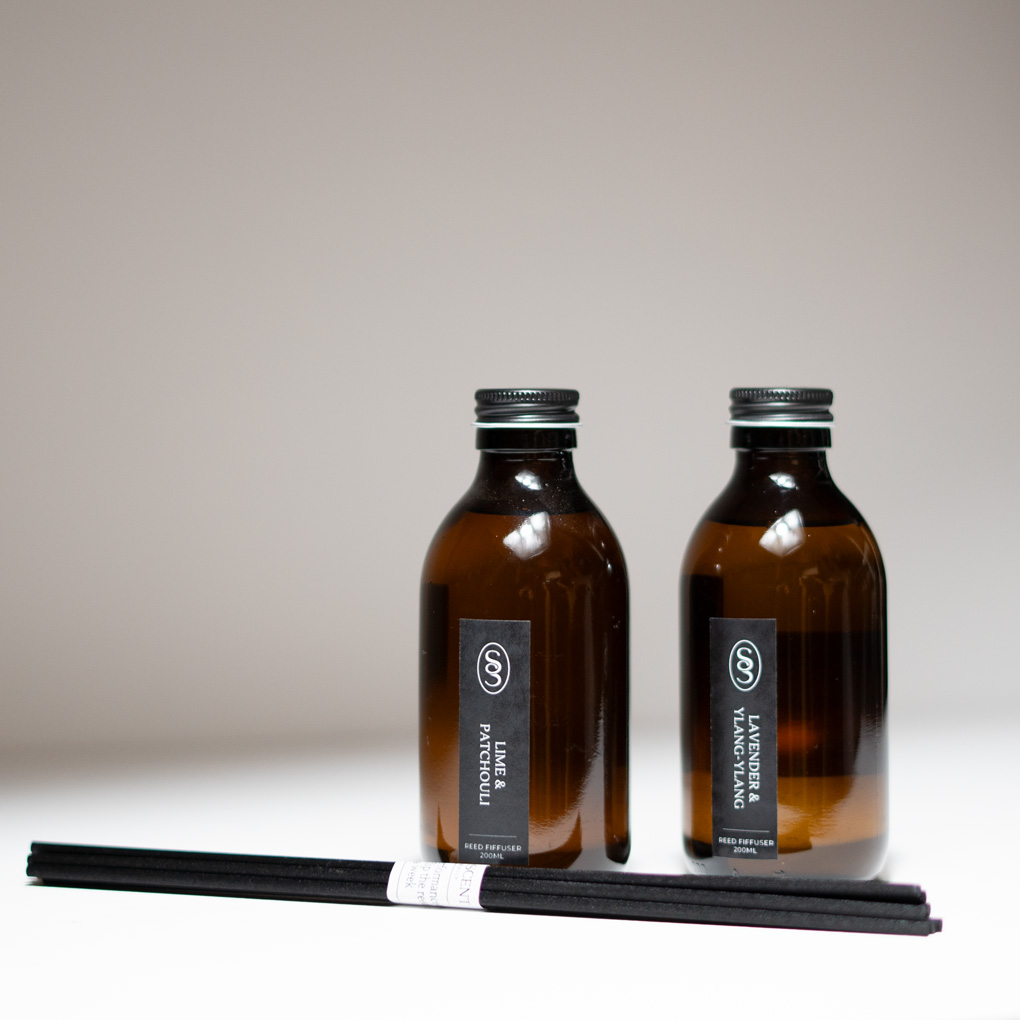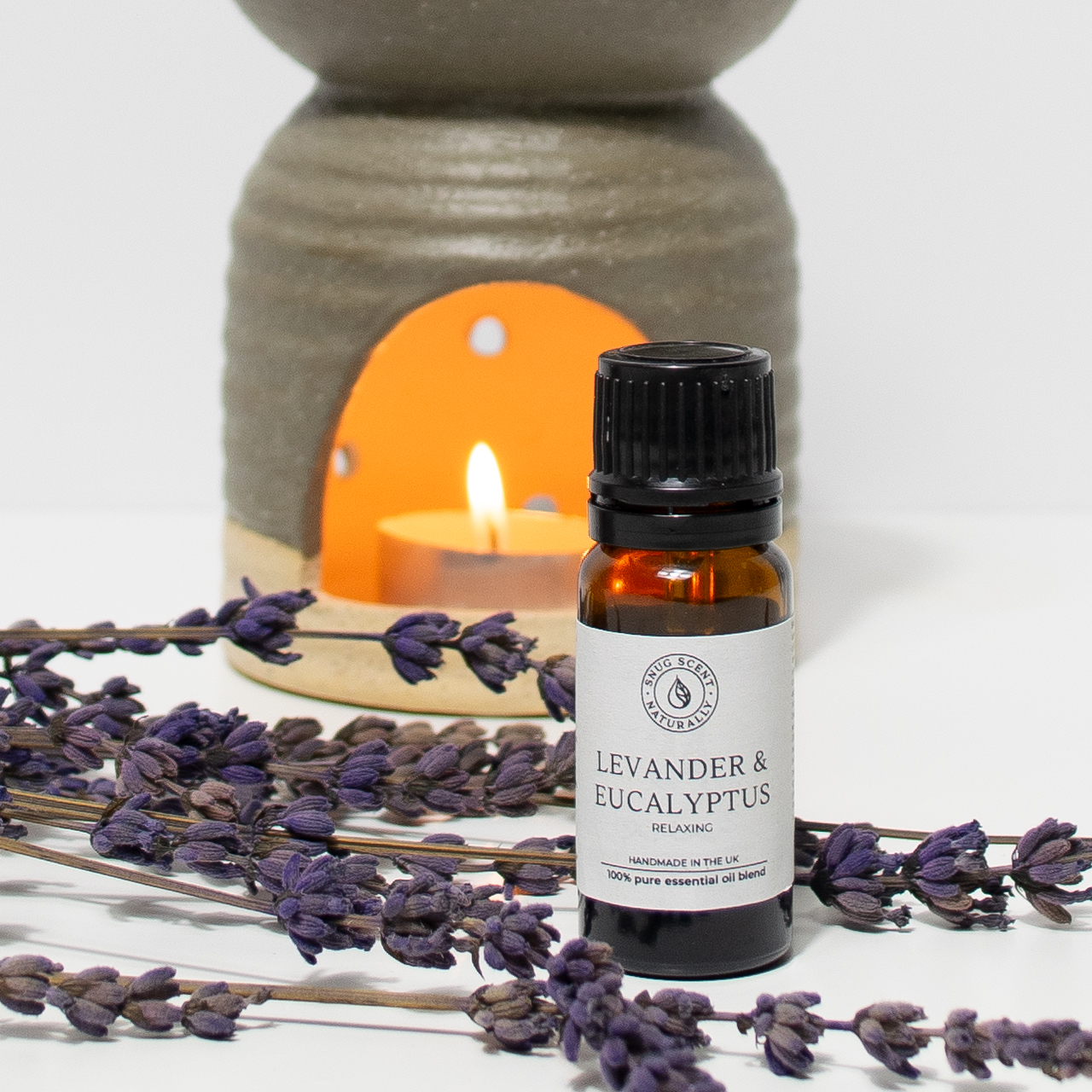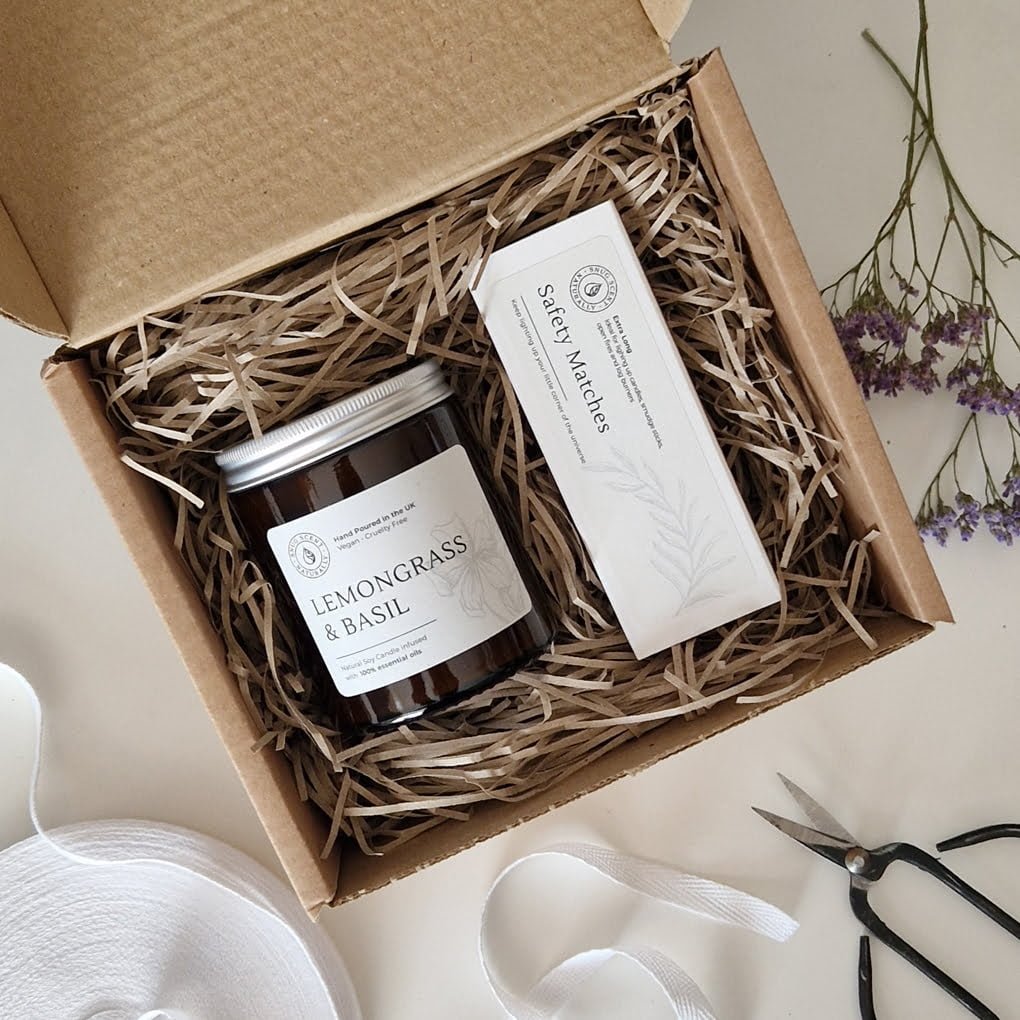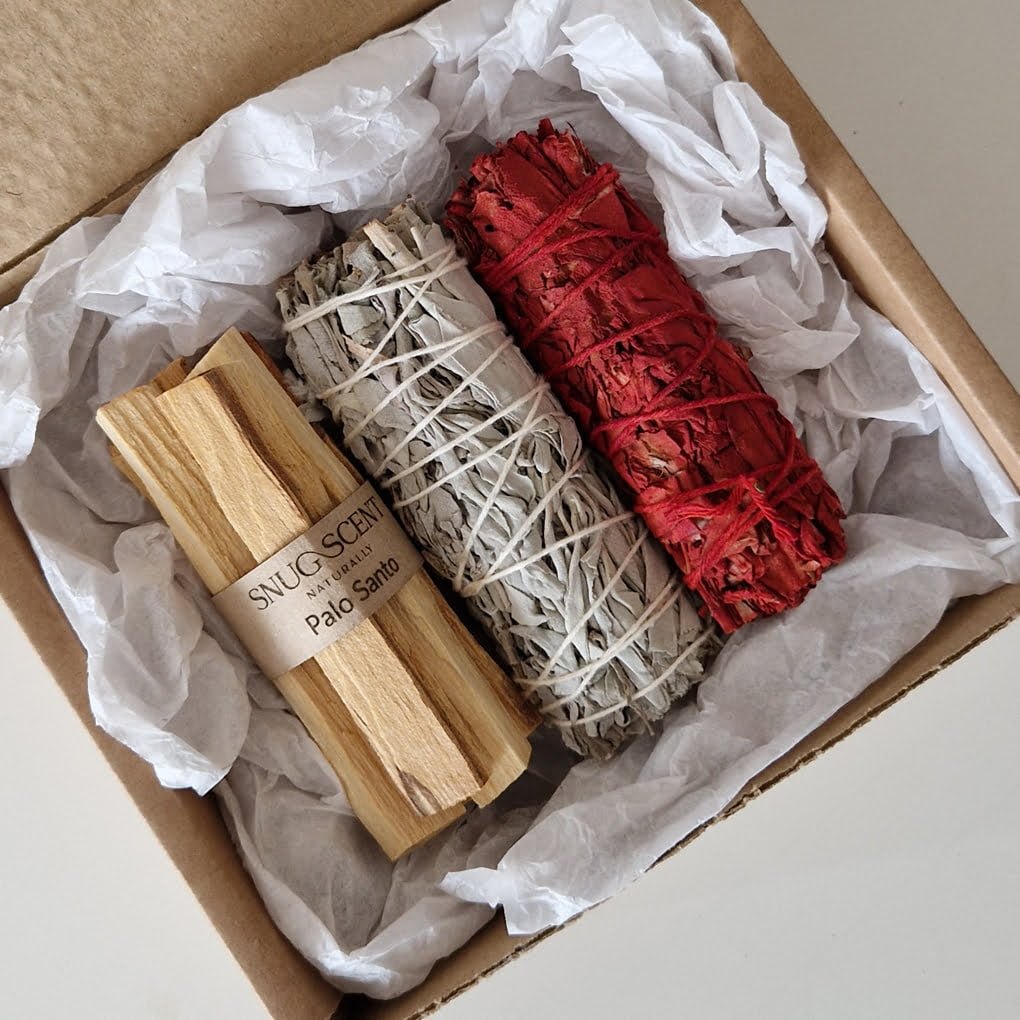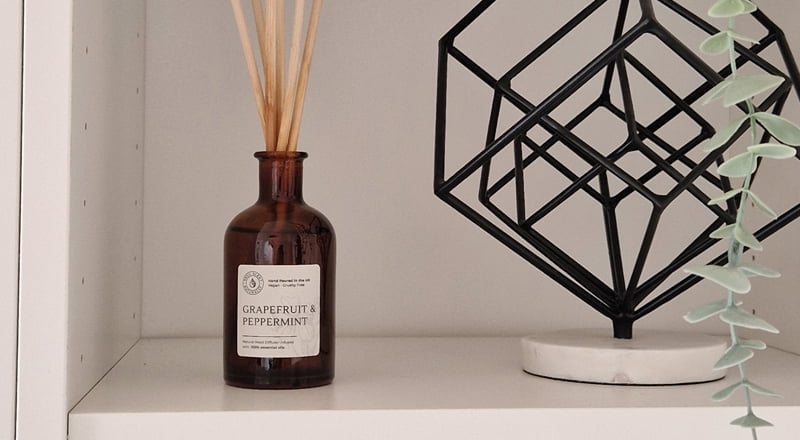About Reed Diffusers
The Science Behind Natural Reed Diffusers: Exploring their Benefits, Evaporation and Inhalation
In recent years, natural reed diffusers have become an increasingly popular way to scent the home without using candles or sprays. But what is the science behind these fragrant sticks? How do they work, and why are they so effective? To find out, please keep reading.
Natural reed diffusers are a simple, safe and aesthetically pleasing way to scent the home without using candles or sprays [1]. The fragrance is released into the atmosphere through wooden reeds that have been soaked in essential oils and a diffuser base. These diffusers do not require an open flame, making them much safer than candles. Furthermore, they provide a continuous scent that is not overpowering, making them an ideal choice for those who prefer a subtle yet lasting aroma.
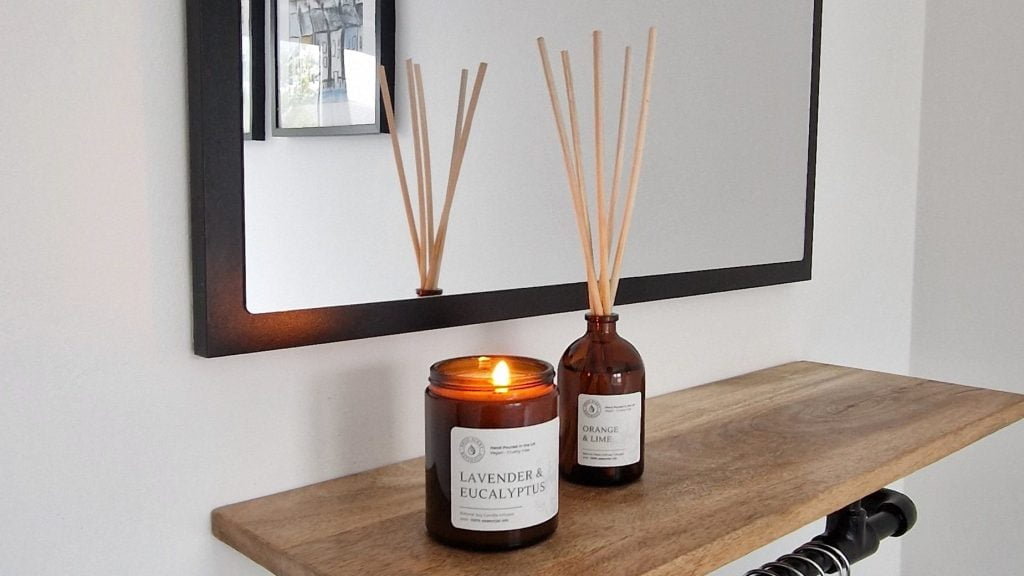
At the heart of reed diffusers lies the science of evaporation. The molecules of essential oils in the diffuser liquid are light and volatile, so they rise up through the reeds and evaporate into the air. This creates the fragrance you can smell in the air, consisting of these floating molecules of essential oils. This process is slow and continual, meaning that the aroma will last much longer than with candles, wax melts or room sprays. As a result, natural reed diffusers are an excellent way to keep your home smelling great over time. To get the most out of your natural reed diffuser, read our Tips on Caring for Reed Diffusers and Keeping them in Top Condition blog post.
When present in the air, essential oils can enter your body through inhalation and positively impact your wellness. Essential oils are made up of tiny molecules that can easily enter our cells and reach our bloodstream. These molecules can influence our limbic system – the part of our brain that controls our emotions and memories [2, 3, 4, 5]. Essential oils mainly affect the hypothalamus and pituitary gland, which produce hormones that are then released into the body. Essential oils have the ability to trigger various reactions in our bodies. For instance, they can induce relaxation or provide an invigorating effect, which in turn can aid in stress reduction, enhance mood, and even boost cognitive alertness [6, 7]. Discover the benefits that essential oils provide for our body by reading The Science Behind Aromatherapy: Understanding How Essential Oils Impact Physical, Mental, and Emotional Well-being post.

Natural reed diffusers are an excellent choice for scenting your home. They provide a continuous fragrance that is not overpowering, making them ideal for those who prefer subtle scents and do not require an open flame. Moreover, their evaporation process can help keep your home smelling great over time. Finally, the essential oils in the diffuser liquid can be inhaled to positively influence our body’s hormones and mood – making them a great choice for scenting your home as well as providing emotional and physical benefits.
- Guo, H., & Xu, B. (2020). Chemical Components and Biological Activities of Essential Oils from Different Species of Genus Citrus. In Citrus Essential Oils: Flavor and Fragrance (pp. 89-115). Springer.
- Buchbauer, G., Jirovetz, L., & Jäger, W. (Eds.). (2010). The Therapeutic Potential of Essential Oils: A Review. In Handbook of Essential Oils: Science, Technology, and Applications (pp. 97-135). CRC Press.
- Lahlou, M. (2018). Methods to Study Essential Oils and Their Bioactive Constituents. In Essential Oils: Extraction, Bioactivities, and Their Uses (pp. 1-31). CRC Press.
- Koulivand, P. H., Khaleghi Ghadiri, M., & Gorji, A. (2013). Lavender and the Nervous System. Evidence-Based Complementary and Alternative Medicine, 2013, 681304. doi:10.1155/2013/681304
- Hongratanaworakit, T. (2011). Aroma-therapeutic effects of massage blended essential oils on humans. Natural Product Communications, 6(8), 1199-1204.
- Tay, L. (2019). Review on Essential Oils and Aromatherapy. International Journal of Nutrition, Pharmacology, Neurological Diseases, 9(2), 34-38. doi:10.4103/ijnpnd.ijnpnd_18_19
- Nadeem, M., & Imran, M. (2021). Aromatherapy: A Review. Journal of Applied Pharmaceutical Research, 9(1), 104-108. doi:10.7324/JAPS.2021.91015
